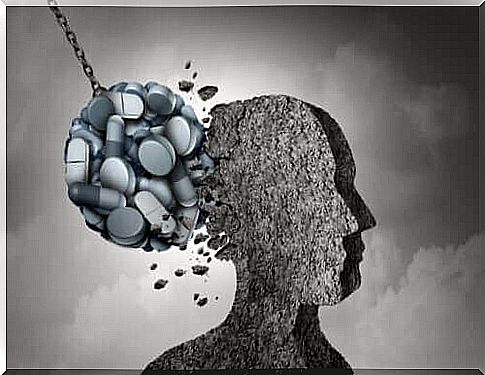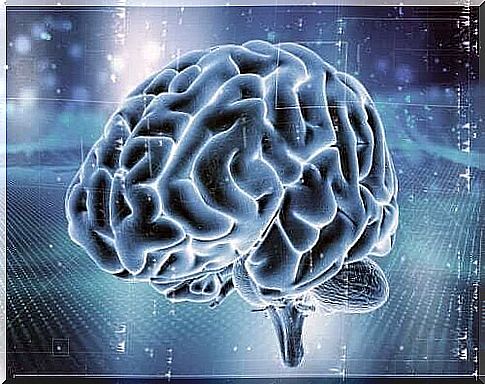An Opioid Addiction – Why Does It Happen?

In today’s article, we’re going to talk about opioid addiction. The opioid addiction epidemic became a major problem in the 1980s, when people started using these types of drugs indiscriminately.
Continuous use can lead to addiction, the main characteristic of which is the strong urge to consume a particular substance. People lose the ability to control the use of the said substance, despite its harmful effects.
Opioid addiction is a chronic disease with frequent relapses. It often leads to a significant increase in the chance of dying from it. There is always a dilemma about the use of opioids when prescribing an analgesic therapeutic regimen based on them.
The dilemma arises when assessing the positive effects of these drugs on pain reduction compared to the negative effects such as addiction or overdose.
In addition, the risk of opioid dependence is greatly increased when opioids are used for recreational purposes and without a medical prescription.
It doesn’t matter if someone is taking high doses or administering them by ways other than the recommended routes. This risk is increased when you use these substances together with alcoholic beverages.
Interestingly, before the 1980s, doctors were more cautious about prescribing these types of drugs. However, a number of people published articles with little scientific evidence confirming the safety of these drugs. This is exactly what promoted their indiscriminate consumption.
Making an Opioid Addiction

The consumption of opioids affects the brain’s dopaminergic system, which is responsible for regulating the levels of dopamine. This is the substance involved in many processes throughout the body. Repeated stimulation changes brain plasticity.
Brain plasticity is one of the most important features of a human brain. This function is precisely what makes it possible to recover and restructure. It allows the neurons to regenerate both anatomically and functionally and form new connections.
So if something damages the brain’s plasticity , your self-control is diminished. For example, when it comes to compulsively obtaining and consuming certain substances. This urge to seek out and consume a substance is what we know as addiction.
Characteristics of an Opioid Addiction

Opioids are any substances that stimulate certain receptors in the human nervous system, while opium-derived substances are usually referred to as opiates. Opiates cause both positive and negative effects.
The positives are due to the euphoria and brain reward they produce. Similarly, the negatives are a result of pain relief. Not just physically, but also the emotional kind caused by stressful or traumatic events.
For this reason, people with a mental disorder get a more powerful reinforcing effect, it makes them more vulnerable. There are studies (Spanish link) that confirm these statements.
About 90% of people with opioid dependence also have a psychiatric disorder and the most common are:
- major depressive disorders
- alcoholism
- antisocial personality disorder
- Anxiety Disorder
The stimulation that opioids produce in the brain’s reward system is the main reason why some people use the drug repeatedly. This is especially true in the early stages of addiction.
However, the urge to use opioids outside of the pleasure they provide develops over time. This increased compulsion is directly related to tolerance and dependence.
As we mentioned above, the risk of addiction also increases when you use them for purposes other than those for which they were prescribed. Whether at higher doses or through a more direct route of administration than the oral route.
Another way to abuse opioids is to use them along with other drugs or alcohol. This is because all these substances can work together synergistically and increase the risk of overdose.
Conclusion
Opioid addictions are closely related to the repetitive activation of the brain’s dopaminergic system that affects brain plasticity. As a result, self-monitoring when taking these drugs decreases.
Educating doctors on the proper use of these drugs is essential. Anti-drug campaigns are therefore vital to prevent such problems.








